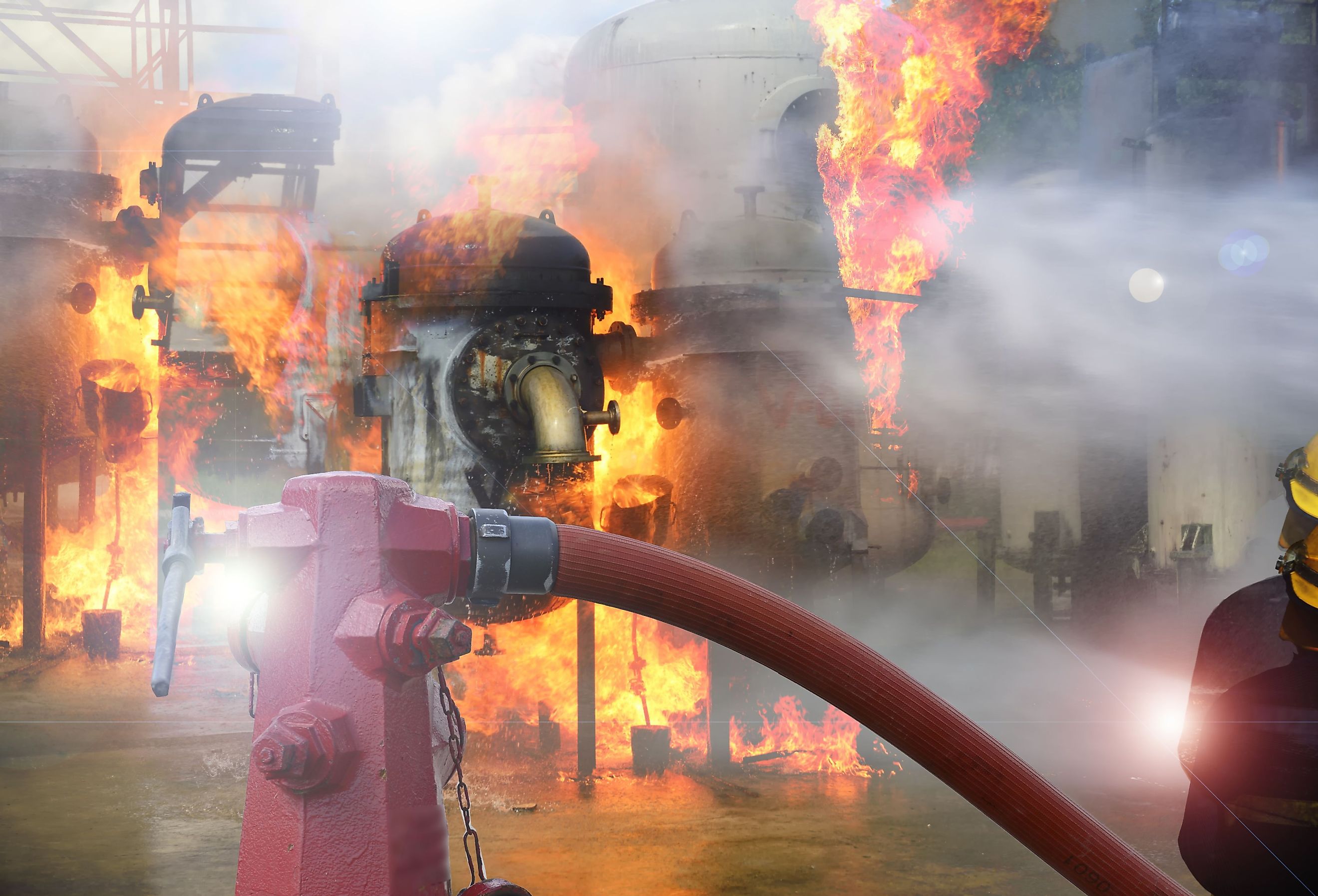
The Deadliest Workplace Accidents
For most people, the workplace is a mundane and boring affair filled with fax machines and printers. Death and injury on the job are thankfully rare occurrences. However, history is full of tragic accidents, from mining cave-ins and fires to nuclear explosions. Take a look at the deadliest workplace accidents.
Courrières Mining Disaster - 1906

Located near the Pas-de-Calais hills in the north of France, the Courrières mining disaster is one of the deadliest in Europe's history. A few days before the disaster, workers' reported the smell of toxic fumes emanating from the mine, but work continued as normal.
On March 9th, a small fire broke out in one of the many mining shafts. Attempts made to extinguish and seal off the fire were unsuccessful. The next day on the 10th, when the mine was at full capacity, the flames reached the toxic fumes and caused flames to engulf much of the mine.
The owners of mine were criticized after the fact, mainly for ending rescue attempts early in order to save money.
Port Chicago Explosion - 1944
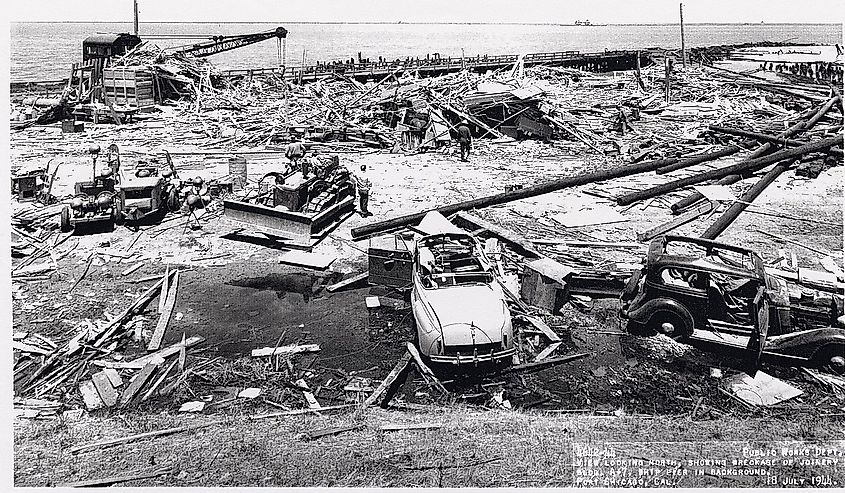
During the height of the Second World War, Port Chicago California was an important port city regularly used by the American military as a way to supply the ongoing conflict with the Japanese Empire. The intense fighting taking place in the Pacific Theatre meant that ammunition was always needed at the front.
On the evening of July 17th, the SS Quinault Victory and SS E.A. Bryan were being loaded up with 4,600 tons of explosives when both ships detonated. The explosion took the lives of 320 workers, leveling most of the port and surrounding buildings. It is still not clear today what caused the ammunition to detonate. However, it is widely believed that lack of training led to a series of fatal mistakes.
Bhopal Disaster - 1984
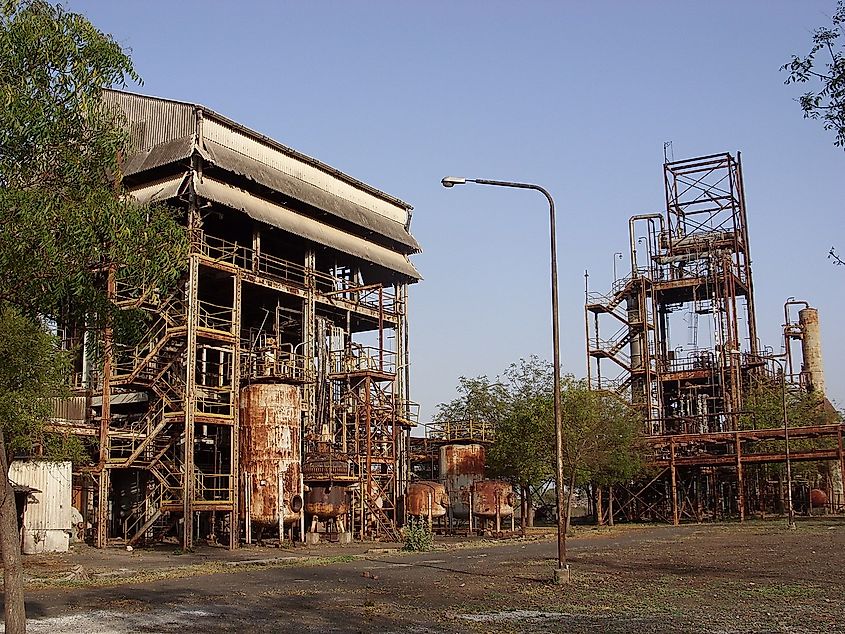
The Bhopal disaster took place in an Indian city bearing the same name in 1984. An insecticide plant within the city experienced a major gas leak that subsequently flooded nearby areas with deadly levels of methyl isocyanate.
The gas penetrated deep into highly populated areas of the city killing thousands. The panic that followed this sudden disaster led to an even higher death toll as people trampled over one another as they tried to flee.
Over 15,000 people perished as a result of the gas leak. Further investigation by the Indian government, revealed that subpar safety and procedural conduct were at fault for this immense loss of life.
To this day, the site of the incident is still heavily contaminated. Those who were lucky enough to survive the accident have reported suffering from a series of respiratory issues along with birth defects in their children.
Chernobyl Nuclear Plant - 1986
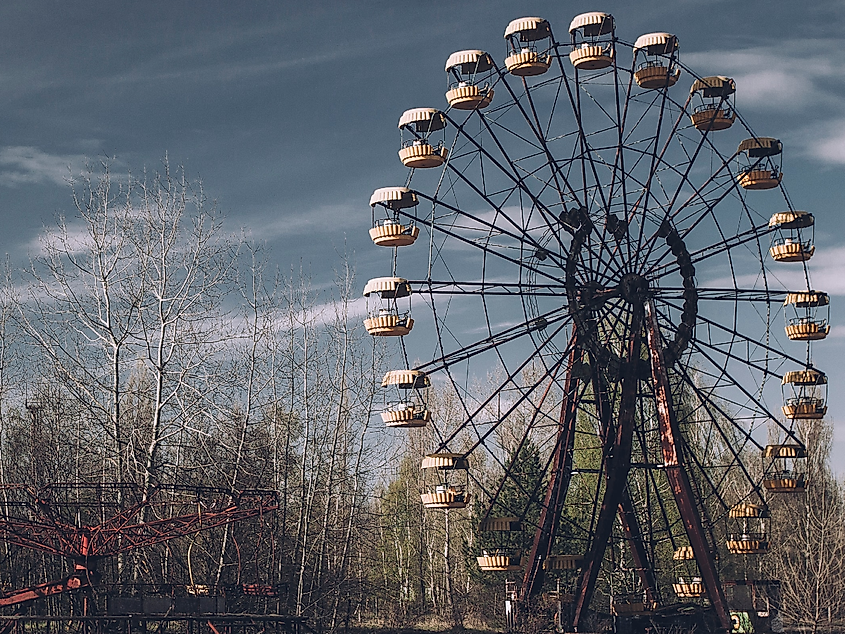
Probably the most infamous workplace mishaps in history, the meltdown at the nuclear power plant in Chernobyl remains to be one of the most devastating in terms of long-lasting effects on the environment.
On April 26th, a reactor at the plant suddenly exploded and shot nuclear waste into the air. Caused by faulty equipment and poor leadership, the Chernobyl meltdown is a perfect example of everything going wrong at once.
While the official death toll is 31 people, it is most likely much higher. At the time of the disaster, the Soviet government, obsessed with its international image, did not want to admit to the severity of the disaster. The area around Chernobyl is still uninhabitable and will most likely remain that way for decades.
Ali Enterprises Factory Fire - 2012
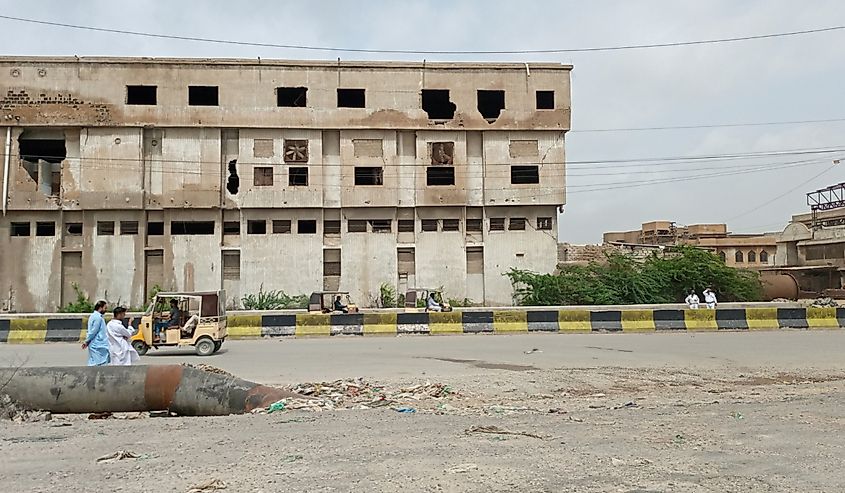
Ruins of Baldia garment factory, Karachi, Pakistan. Image credit: Tea Talk via Shutterstock
Ali Enterprises was a textile factory in the bustling Pakistani city of Karachi. One evening a fire broke out, started by two gang members who were acting out in retaliation against the owner of the factory for refusing to pay 1.2 million (USD) in extortion money.
While the fire was the criminals' fault, the reckless safety standards made a bad situation much worse. The factory was a complex series of locked doors and barred windows, along with a windowless basement in which most of the victims died.
Summary
As safety at the workplace improves, it is important to look back to remember how far humans have come. Safety standards have undoubtedly improved over the decades, credited to lessons learned from previous tragedies and accidents. Some jobs are inherently dangerous, but there is always room for continued improvement.











